
Javan Rhinos are the most threatened species of the 5 rhinos. There are only about 58-68 individuals left. These creatures are only protected in one area in the world. They are extremely vulnerable to natural catastrophe, disease and poaching.
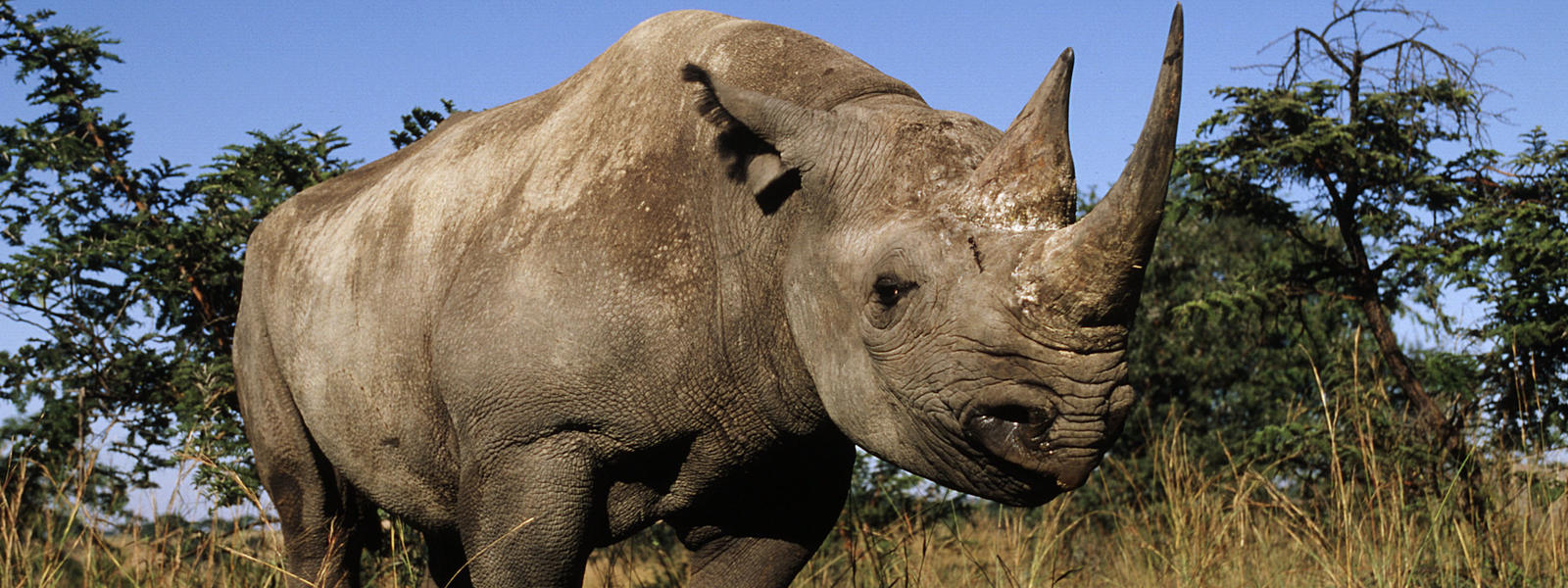
Black Rhinos are not as threatened as the other rhinos, as there are 5,000- 5,400 left. Between 1960- 1990 the population dropped by 98%.
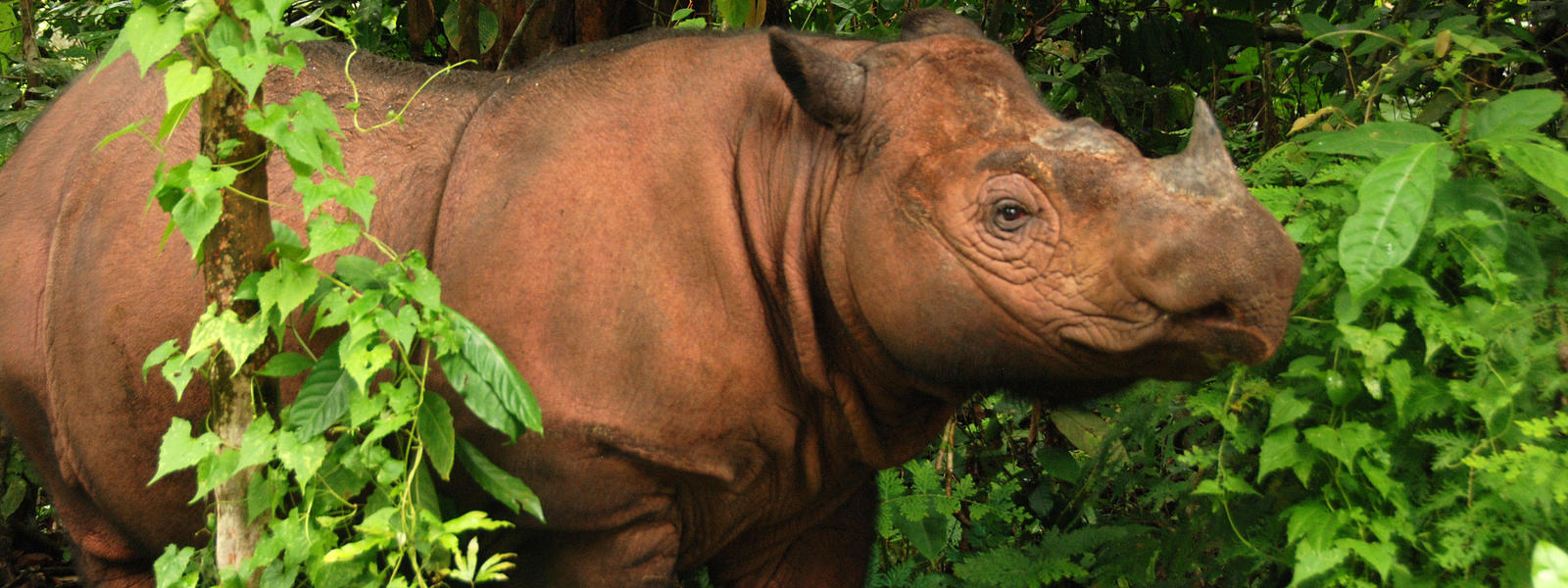
The Sumatran Rhino is a rhino that is the smallest of the living rhinoceroses. The population is less than 100.They are anywhere from 3.3 feet to 5 feet. The sumatran rhinos are most threatened by poaching.
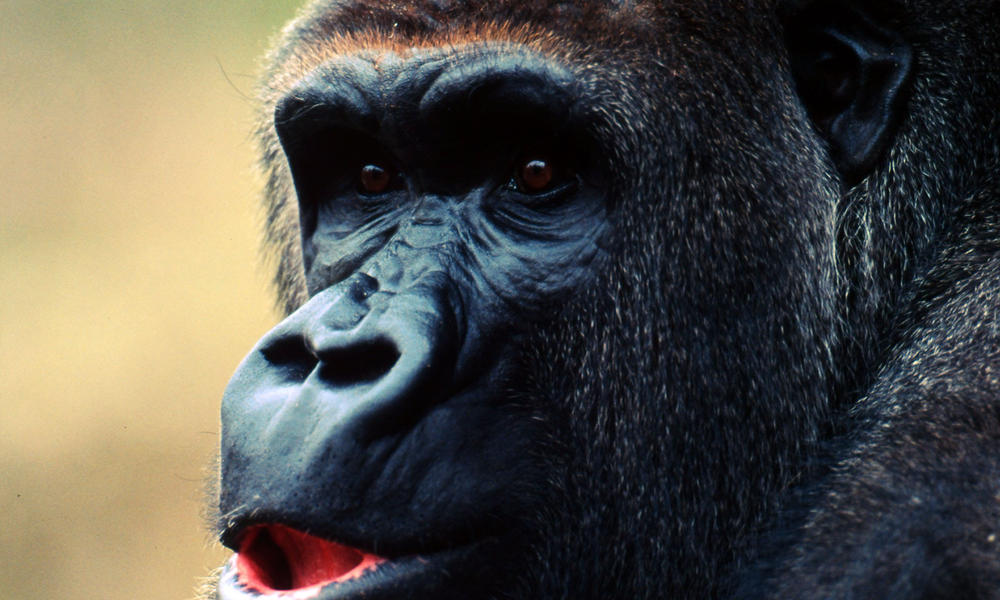
The Cross River Gorilla is a type of gorilla that fits under the Western subspecies, but consists of 200 to 300 individuals. They are becoming extinct due to poaching and humans cutting down their homes.
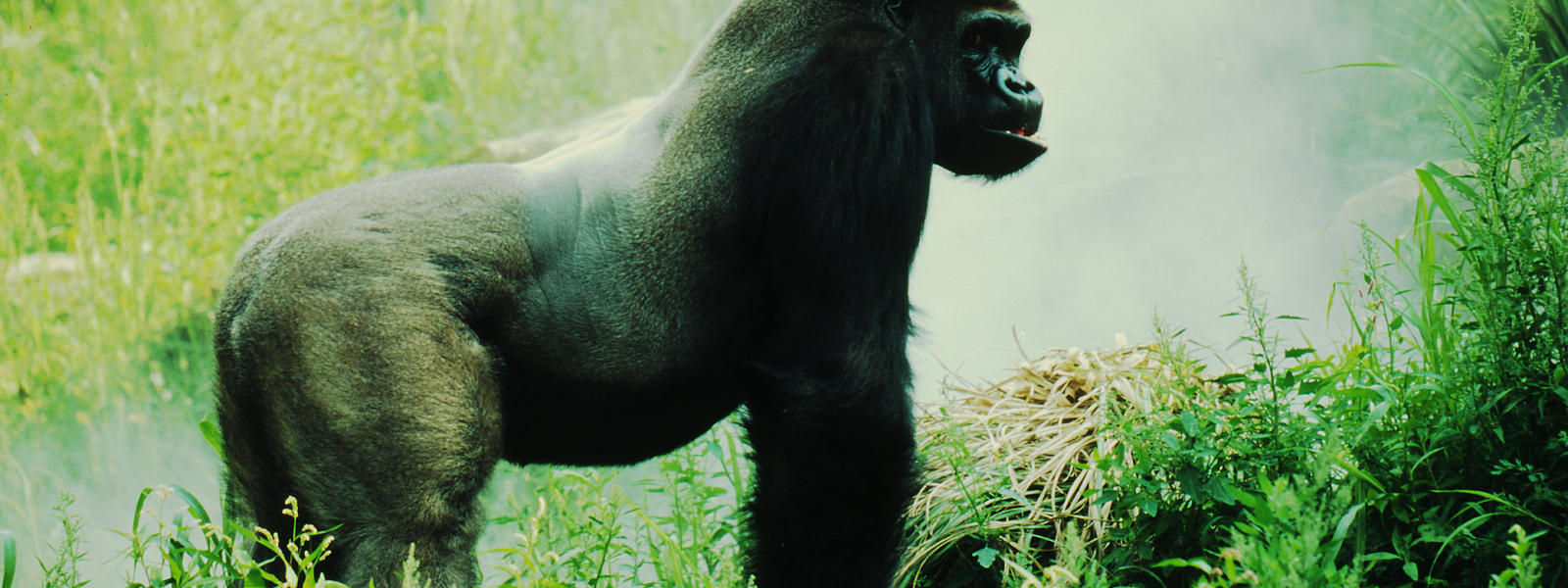
The Eastern Lowland Gorilla is a gorilla that lives mostly in the Democratic Republic of Congo. The population is unknown, but the Eastern Lowland Gorillas are most vulnerable to poaching.
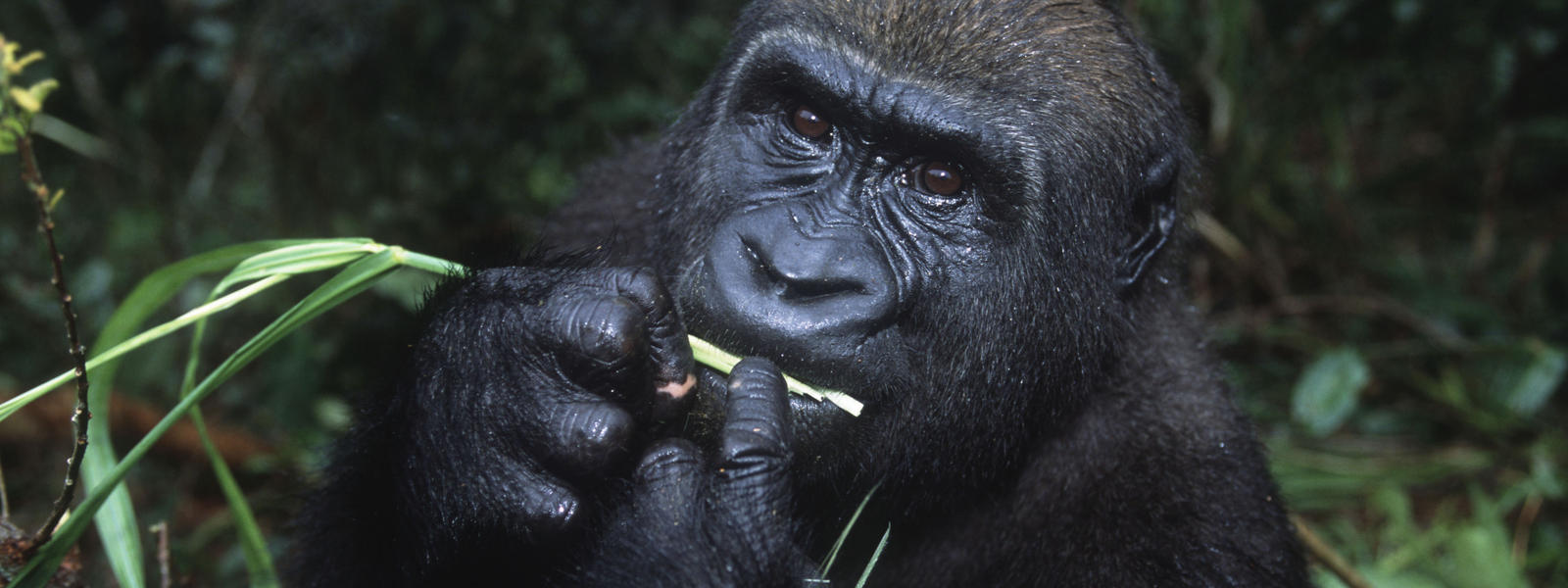
The Western Lowland Gorilla is a gorilla, but its population is unknown. Due to poachers and diseases affecting the Western Lowland Gorilla, the gorillas have decreases by more than 60% over the last 20 to 25 years.

The saola, or the “asian unicorn” live in evergreen forests, and they are rarely seen. In fact, the last time they were spotted, was 29 years ago. There are not many left, but each day many people fight for them. A saola's main food source can include leaves, grasses, and herbs. Usually, saola are accidently hunted, but the main thing people gain from saolas, are their horns.
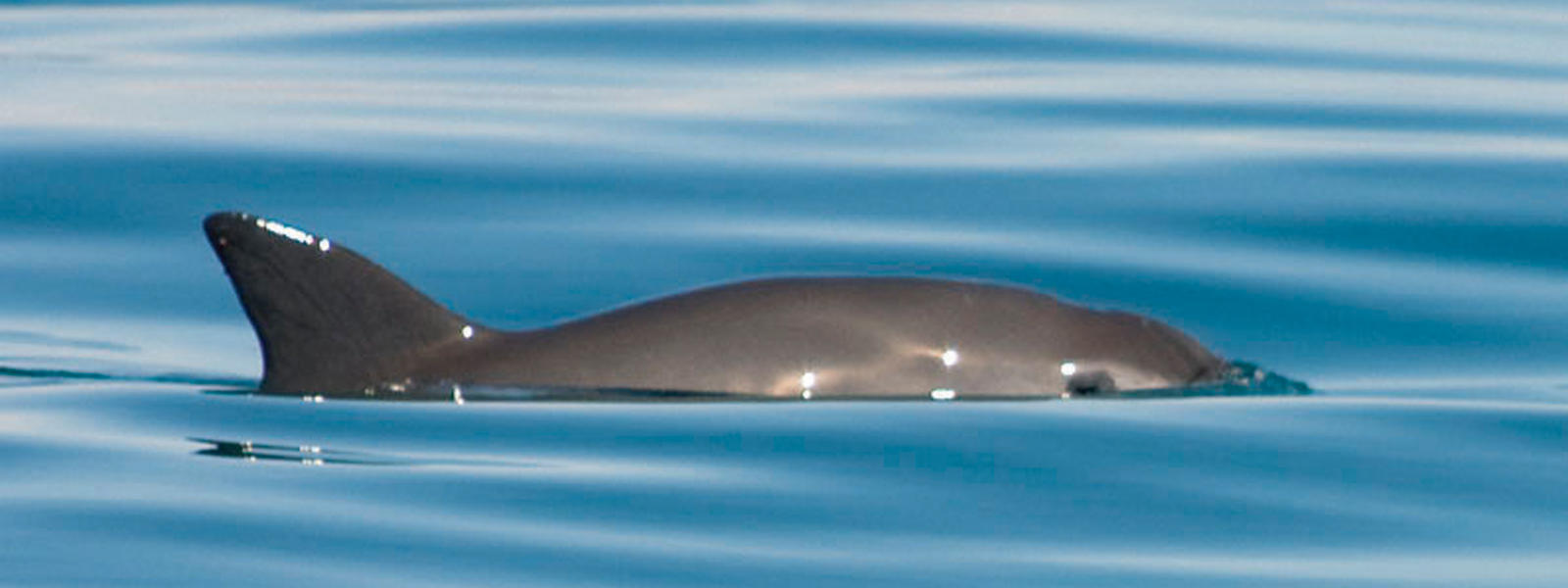
The Vaquita is one of the most rare marine animals in the world. Vaquitas are nearly extinct, as there are only 30 (or fewer) left in the ocean. Their main cause of extinction is by getting caught in fishing nets and being drowned by gillnets.
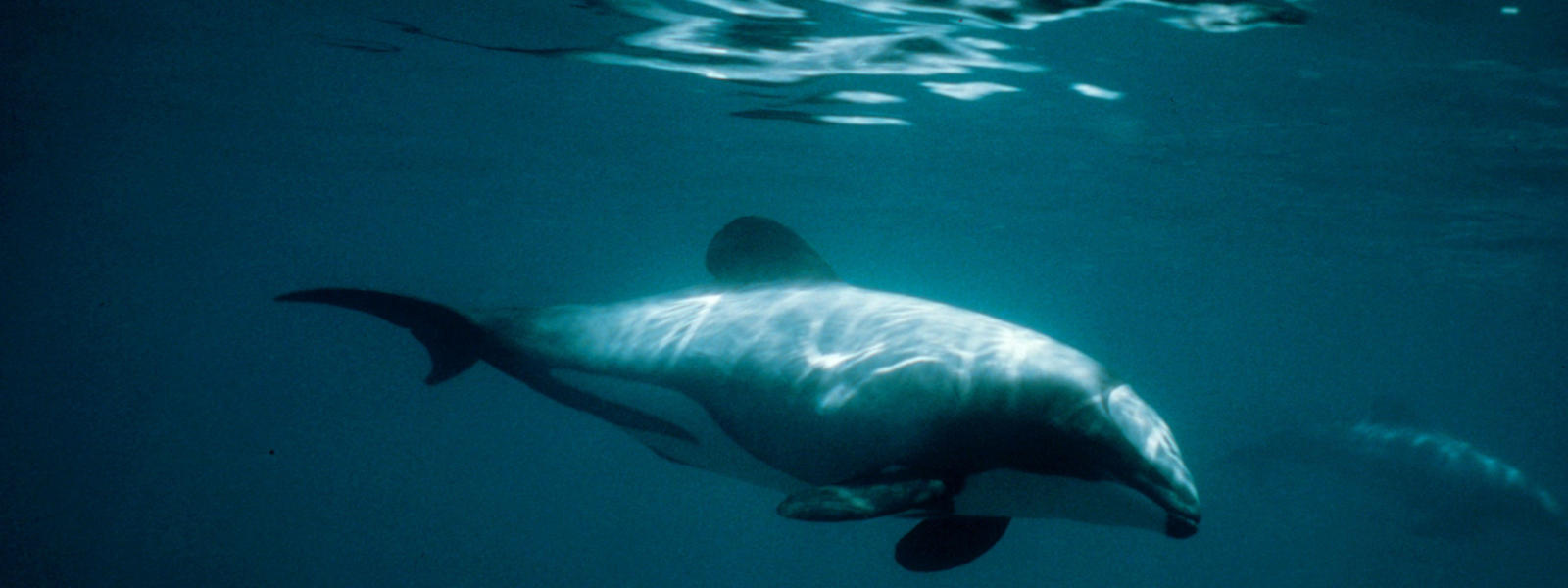
The Hector Dolphin is only found in New Zealand. They are the smallest and rarest marine dolphins in the world. They swim in pods of 8 and prefer shallow waters. They can typically be seen searching for cod, squid, herring, various fish, and other benthic pray near the shore. It is estimated to have a population of only 55! They are critically endangered.
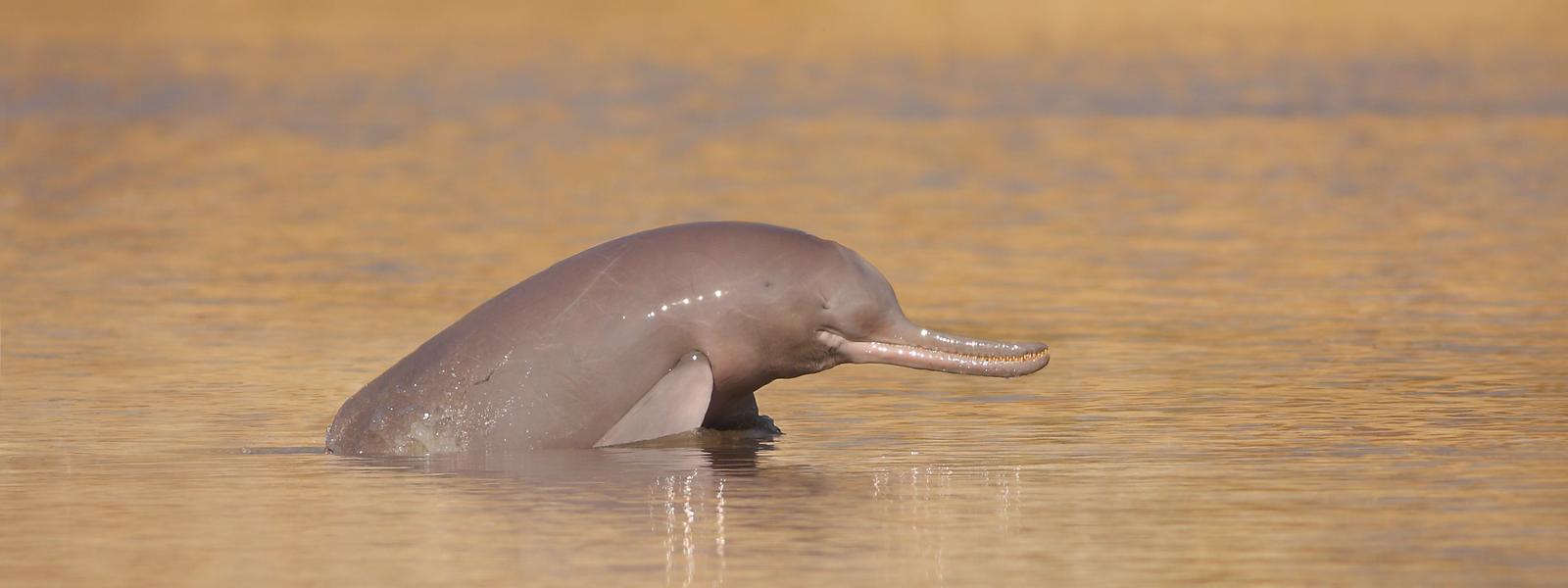
The Indus River is located in Pakistan. The dolphin's typical diet is a variety of fish, clams and shrimp, but only about 1,100 exist today. They tend to die due to pollution and hunting.
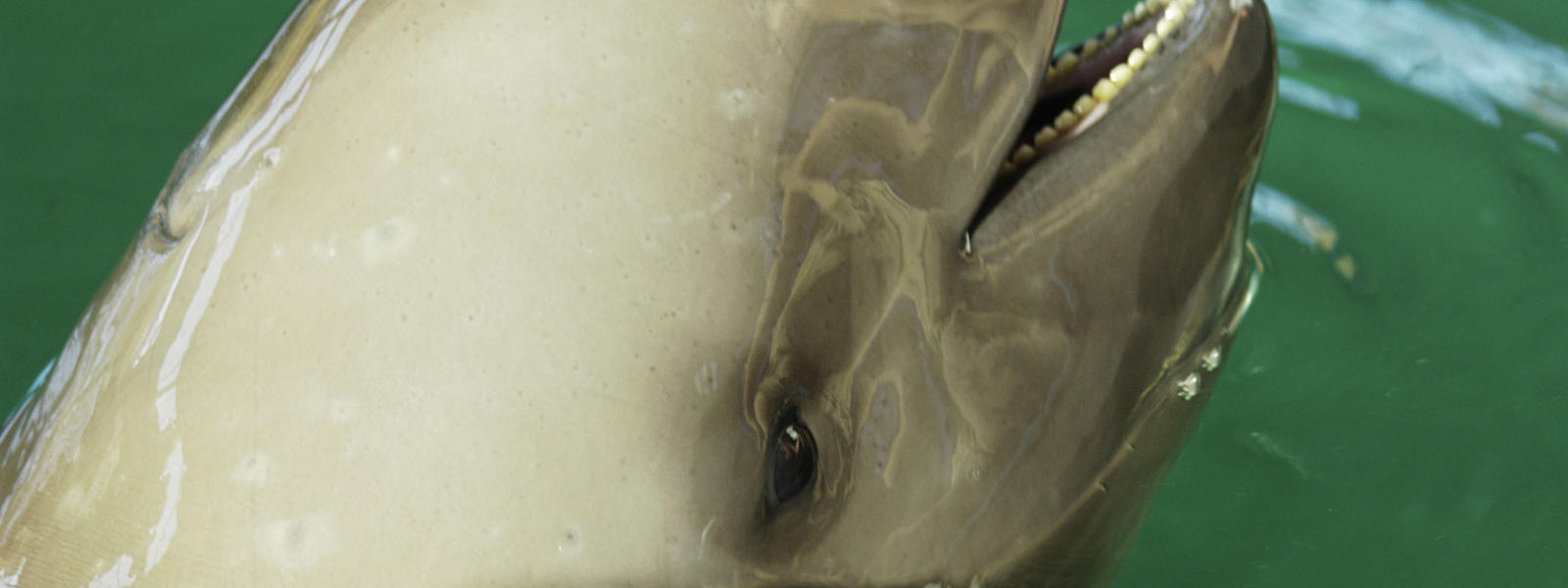
The Yangtze River Dolphin is a graceful freshwater dolphin with a flexible neck. Its long narrow and slightly upturned beak-like snout reminds many of Pinocchio’s nose. The dolphins communicate via a series of whistles, clicks and other acoustic signals - true fish talk.

Malayan tigers are obligate carnivores, with their diet consisting of deer, wild boar, cattle, and sun bear.The Malayan tiger is the smallest species of tiger along with the Sumatran tiger. Malayan tigers have rough tongues, powerful jaws, large canine teeth, large front paws equipped with sharp, retractable claws, muscular bodies and long tails.
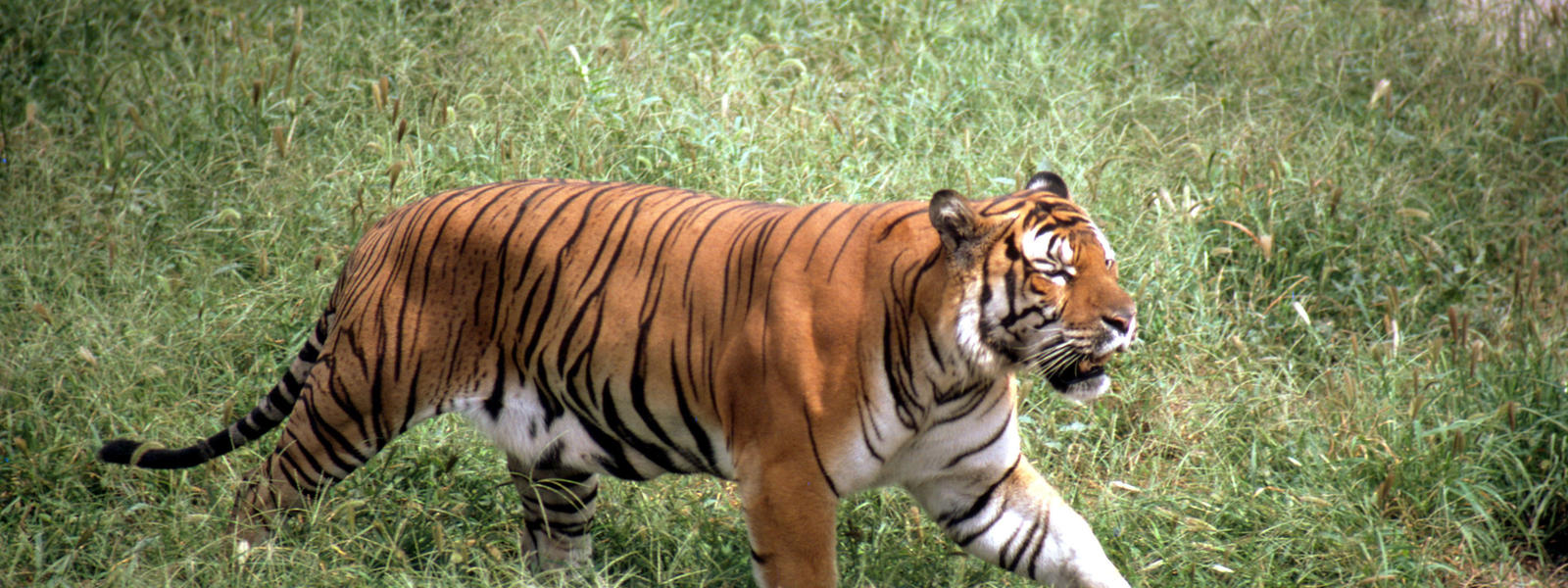
The South China tiger is also known as Chinese tiger and Xiamen tiger and is one of the most endangered animals in the world and the most vulnerable of all Tigers. In fact, this subspecies is already extinct in the wild, and only a few specimens are still alive in captivity.
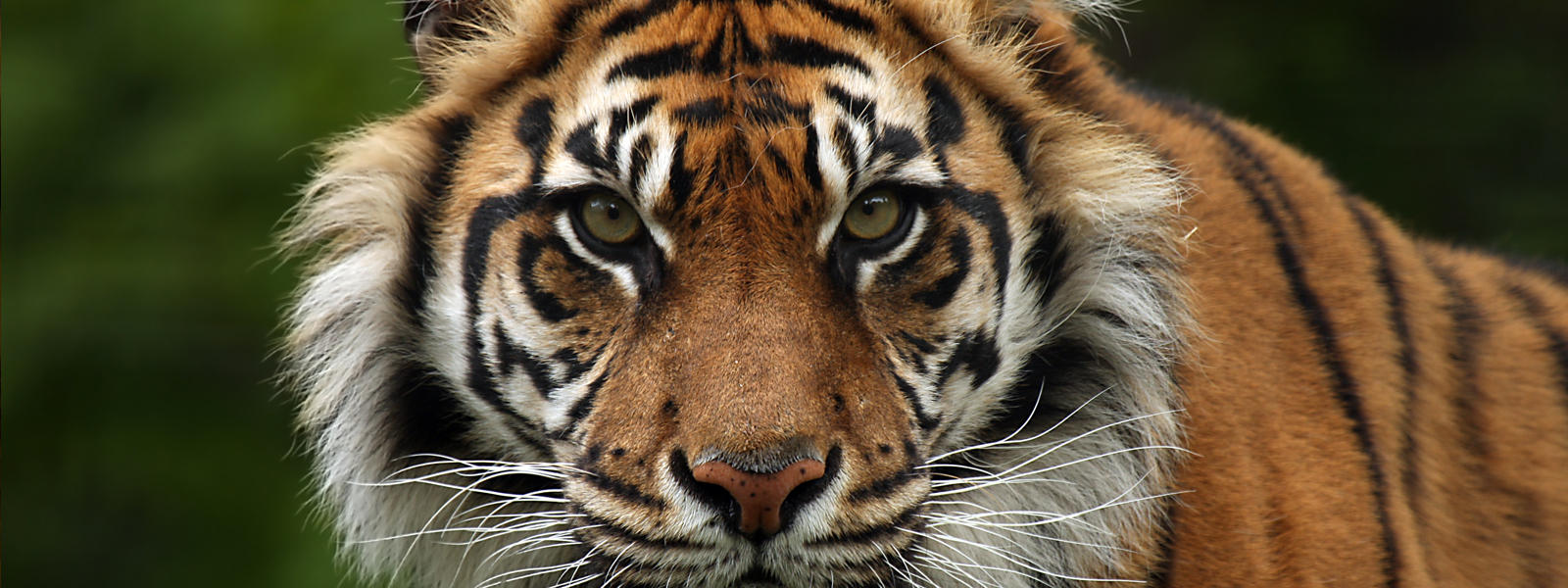
Sumatran tigers live in tropical broadleaf evergreen forests, and freshwater swamp forests and peat swamps. Sumatran tigers are critically endangered, and only about 400 still exist in the wild on their native island of Sumatra. They are the smallest subspecies of tiger, growing 6.5 to 7.8 feet long and weighing 176 to 330 pounds.

Sumatran Elephants eat lots of plants and seed wherever they go, leading to a healthy ecosystem. They are critically endangered with a population of 2,400-2,800. They are going extinct because hunters want the ivory from their tusks.

The Sri Lankan Elephant is the largest and darkest of the elephants. They are classified as endangered, with 2,500 to 4,000. The population has fallen almost 65%

The Asian Elephant is the least endangered out of the rest, but it is still just as important as the rest. The population of the Asian elephants are less than 50,000. The elephants have become endangered because of poaching and hunters capturing them.